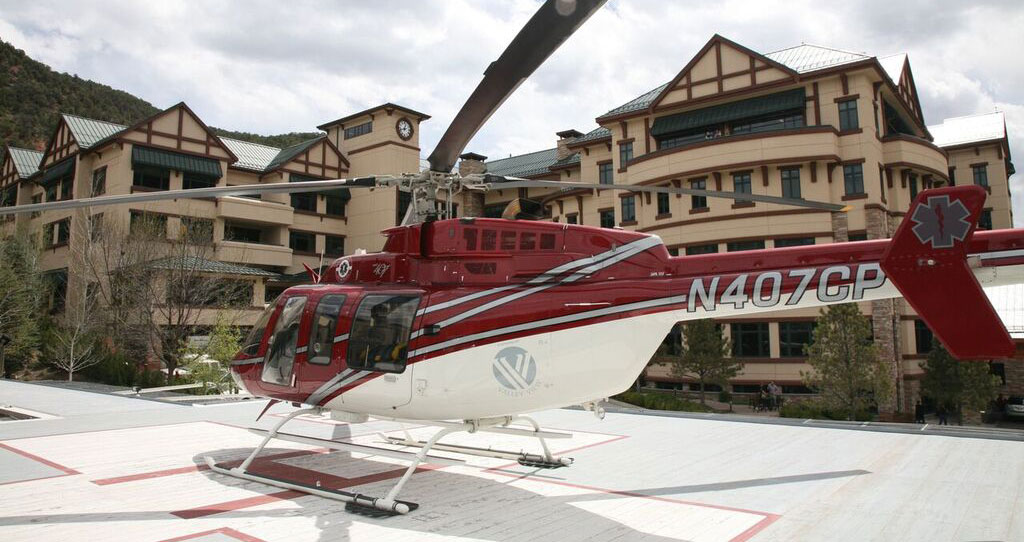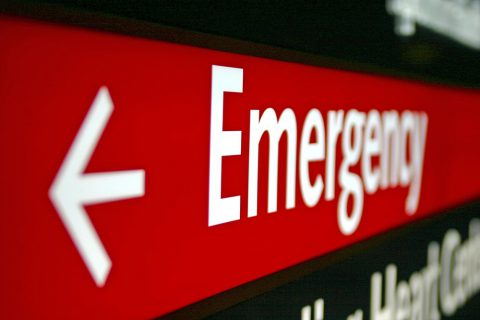
Emergency Care

970.384.7300
OPIOIDS AREN’T THE ONLY OPTION.
Emergency Stroke Services at Valley View
When it comes to strokes, EVERY. MINUTE. COUNTS.
The stroke team at Valley View is well-equipped to offer all patients with stroke and cerebrovascular disease symptoms, the best possible care and support. Our team of world-class neurologists and highly-experienced medical professionals work in collaboration with an extended health network to ensure stroke patients are stabilized and treated as quickly and as effectively as possible.
Here at Valley View, we offer an integrated diagnostic approach and provide a comprehensive health assessment using the most current testing techniques and equipment. Our goal is to quickly diagnose a stroke, move the patient into customized, ongoing treatment, and prevent further stroke events, disability, and death. We encourage you to turn to us for safe, in-person treatment.
What is a stroke?
-
A stroke occurs when a part of your brain experiences an interruption or reduction in necessary blood supply, preventing brain tissue from getting the oxygen and nutrients it needs to function normally. Brain cells can begin to die in minutes, so one must seek medical care and treatment for a stroke immediately to prevent ongoing complications, disability, or death.
-
Signs and symptoms of a stroke include:
– Sudden NUMBNESS or weakness of face, arm, or leg, especially on one side of the body.
– Sudden CONFUSION, trouble speaking, or understanding speech.
– Sudden TROUBLE SEEING in one or both eyes.
– Sudden TROUBLE WALKING, dizziness, loss of balance, or coordination.
– Sudden SEVERE HEADACHE with no known cause.
(Provided by Stroke.com)
-
If you notice any signs or symptoms of a stroke—even if they seem to come and go or they disappear entirely—think “F.A.S.T” and do the following:
– Face. Ask the person to smile. Does one side of the face droop?
– Arms. Ask the person to raise both arms. Does one arm drift downward? Or is one arm unable to rise?
– Speech. Ask the person to repeat a simple phrase. Is his or her speech slurred or strange?
– Time. If you observe any of these signs, call 911 or emergency medical help immediately.
A stroke is always a medical emergency, and if you or someone you are with are experiencing symptoms, you must seek stroke treatment immediately. Call 911 right away. Don’t wait to see if symptoms stop. Every minute counts, and the longer a stroke goes untreated, the greater the potential for brain damage, ongoing impairment, or death. If symptoms do stop, seek emergency stroke treatment immediately, as a retreat of symptoms does not mean a stroke has not occurred and you may still be at risk of long-term damage.
If you’re with someone you suspect is having a stroke, observe the person carefully while waiting for emergency assistance. Document all symptoms, times, and anything else that might be helpful to Valley View’s stroke team in identification, diagnosis, and stabilization of stroke symptoms.
Remember: TIME IS BRAIN
-
Valley View’s is available 24/7 to admit patients displaying stroke symptoms. When a patient presents to the Valley View emergency room with signs of a stroke, we run several diagnostic stroke tests and evaluate the presence, location, and severity of a stroke. This testing helps us make decisions about emergency and ongoing treatment in a timely manner. Prompt diagnosis and treatment are crucial in preventing brain damage, complications, and ongoing disability. It is imperative that emergent care is taken when someone is presenting with signs and symptoms of a stroke.
-
Stroke is the fifth leading cause of death and disability in the United States. Further, stroke is the second leading cause of death and disability worldwide, according to the American Heart Association. When it comes to stroke recognition and treatment, every minute counts, as immediate action can assist with preventing brain damage and disability.